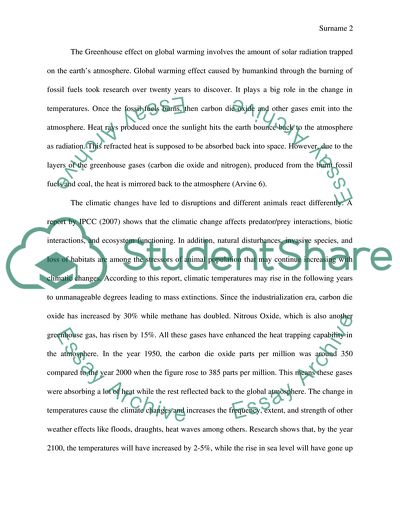Cite this document
(How Global Warming Affects Wildlife Research Paper - 1, n.d.)
How Global Warming Affects Wildlife Research Paper - 1. Retrieved from https://studentshare.org/environmental-studies/1862503-how-does-global-warming-effect-the-wildlife
How Global Warming Affects Wildlife Research Paper - 1. Retrieved from https://studentshare.org/environmental-studies/1862503-how-does-global-warming-effect-the-wildlife
(How Global Warming Affects Wildlife Research Paper - 1)
How Global Warming Affects Wildlife Research Paper - 1. https://studentshare.org/environmental-studies/1862503-how-does-global-warming-effect-the-wildlife.
How Global Warming Affects Wildlife Research Paper - 1. https://studentshare.org/environmental-studies/1862503-how-does-global-warming-effect-the-wildlife.
“How Global Warming Affects Wildlife Research Paper - 1”, n.d. https://studentshare.org/environmental-studies/1862503-how-does-global-warming-effect-the-wildlife.


